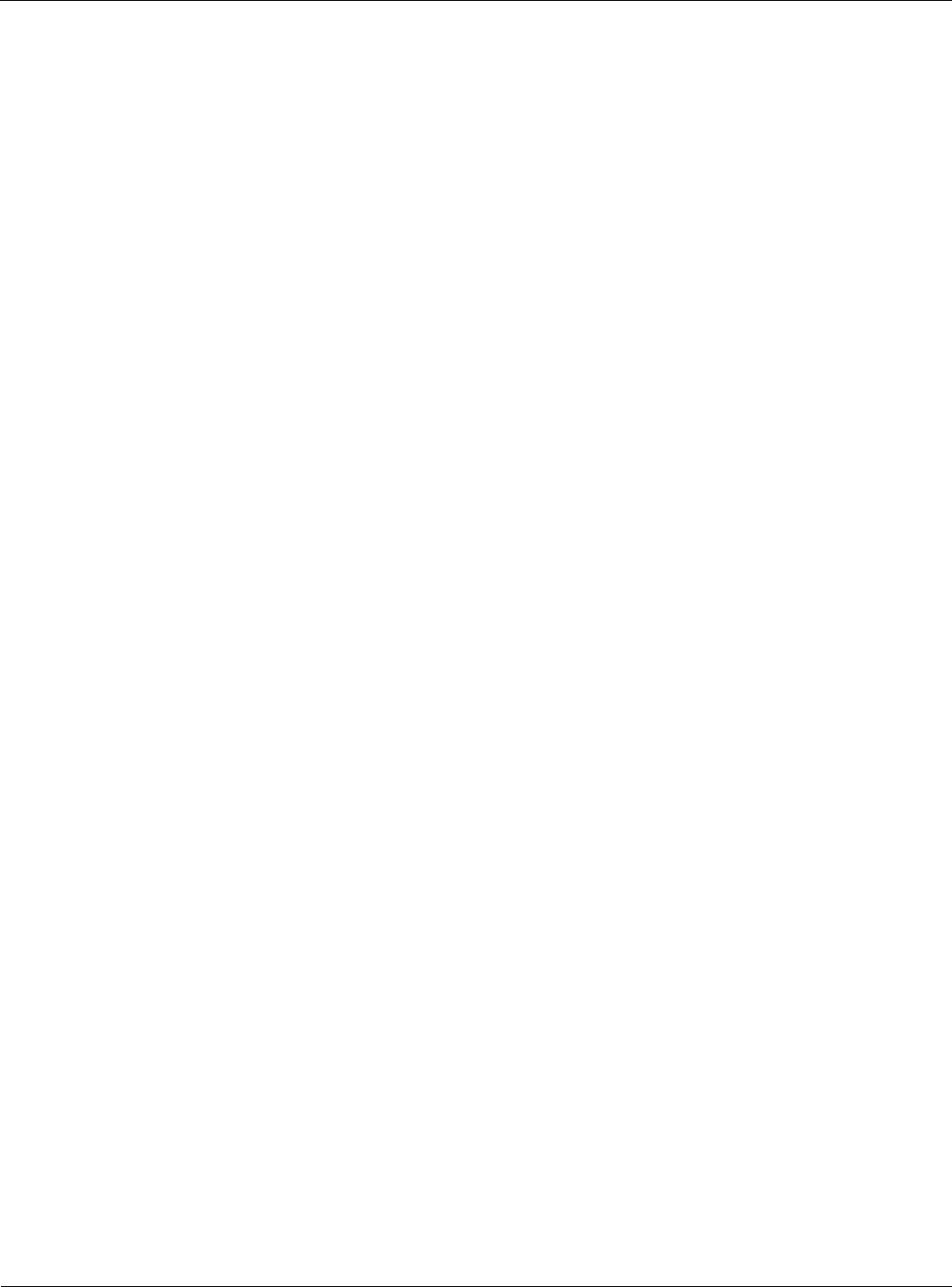Instruction manual
Table Of Contents
- Introduction
- Using the Keypad/Display
- Keypad/Display Menu Structure
- System Summary Menu
- Standard Menus
- System Menu
- Occupancy Menu
- Temperature Menu
- Flow Summary Menu
- Supply Fan Speed Menu
- Return/Exhaust Fan Speed Menu
- Cooling Menu
- Head Pressure Menu
- Evap Condensing Menu
- Economizer Menu
- Min OA Damper Menu
- Heating Menu
- Energy Recovery
- Dehumidification Menu
- Daily Schedule Menu
- One Event Schedule Menu
- Holiday Schedule Menu
- Optimal Start Menu
- Operating Hours Menu
- Extended Menus
- Unit Setup Menu
- Timer Settings Menu
- Time/Date Menu
- Supply Fan Setup Menu
- Return/Exhaust Fan Setup Menu
- Zone Temperature Setup Menu
- Compressor Setup Menu
- Head Pressure Setup Menu
- Chilled Water Setup Menu
- Economizer Setup Menu
- Design Flow Setup Menu
- Heating Setup Menu
- Dehumidification Setup Menu
- Alarm Out Configuration Setup Menu
- Alarm Limits Setup Menu
- Manual Control Menu
- LON/BACnetIP/BACnetMSTP Setup Menu
- Active Alarm Menu
- Alarm Log Menu
- Advanced Menus
- Unit Configuration Setup Menu
- Save/Restore Menu
- Alarm Delays Setup Menu
- Analog Input Status Menu
- Universal I/O Status Menu
- Digital Input Status Menu
- Digital Output Status Menu
- Adv Setup Settings Menu
- Adv Status Parameters Menu
- Alarms
- Operator’s Guide
- Determining Unit State
- Off Operating State
- Start Up Operating State
- Recirculating Operating State
- Heating
- Economizer
- Mechanical Cooling
- Determining Unit Status
- Determining Control Mode
- Determining Cooling Status
- Determining Heat Status
- Determining Economizer Status
- Determining Cooling Capacity
- Determining Heating Capacity
- Determining Supply Air Fan Capacity
- Determining RF/EF Capacity
- Determining Outside Air Damper Position
- Determining Emergency Mode
- Determining Application Mode
- Determining Occupancy Status
- Determining Occupancy Mode
- Determining Occupancy Source
- Unoccupied Operation
- Scheduling
- Temperature Control Configurations
- Heat/Cool Changeover
- Dehumidification
- Energy Recovery
- Outside Air Damper Control
- Outside Air Damper Control, Two Position
- Special Procedures for Units with WRV and More Than Two Circuits.
- Water Pump Control
- Cooling: Multistage
- Cooling: Modulating
- Heating Control
- Modulating
- Min DAT
- Indoor Air Fan - On/Off Control

108 McQuay OM 920
Operator’s Guide
Heating Control
Entering Heating Operating State
The unit enters the Heating operating state from the Fan Only operating state when the control
temperature falls below the Zone Heating Set Point by more than half the Zone Heating Dead
Band. The unit transitions from heating to Fan only when the control temperature rises above
the Zone Heating Set Point by more than half the Zone Heating Dead Band. The unit will also
transition from the Heating to Fan only operating state if heating operation is disabled due to
OA ambient lockout.
Heating: Staged Zone Control
When the unit first enters the Heating operating state the unit goes directly to Stage # 1.
The number of Heating Stages increases when:
• The time since the last stage change exceeds the Stage Time AND
• Projected Control Temperature is less then the Zone Htg Spt (minus ½ the deadband). AND
• CtrlTemp is less than the Zone Htg Spt (minus ½ the deadband) AND
• DAT is less than the Max DAT Htg Spt. AND
• The current heating stage is less than the number of available stages
The number of Heating Stages decreases when:
• The time since the last stage change exceeds the Stage Time AND
• Projected Control Temperature is greater then the Zone Htg Spt (plus ½ the deadband) AND
• CtrlTemp is greater than the Zone Htg Spt (plus ½ the deadband) AND
• The current heating stage is greater than zero
OR
• The time since the last stage change exceeds the Stage Time AND
• DAT is greater than the DATSpt AND
• The current heating stage is greater than zero
OR
• The current heating stage is more than the number of available heating stages.
Heating DAT Staging or MinDAT Staging
When the unit enters the Heating or Minimum DAT states and all heating is off, the unit goes
directly to Heating Stage # 1 so that the first stage of heat is turned on immediately.
The number of Heating Stages increases when either of the following combinations is true:
• The current heating stage equals zero AND
• DAT is less than the effective DAT setpoint (DAT staging) or the MIN DAT limit (MinDAT
staging) by ½ the deadband
OR
• The time since the last stage change exceeds the Htg Stage Time AND
• The current heating stage is less than the number of available stages AND
• DAT is less than the effective DAT setpoint (DAT staging) or the MIN DAT limit (MinDAT
staging) by ½ the deadband
The number of Heating Stages decreases when either of the following set of conditions is
True:
• The time since the last stage change exceeds the Htg Stage Time. AND
• The current heating stage is greater than zero AND










